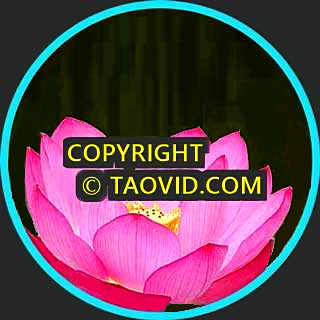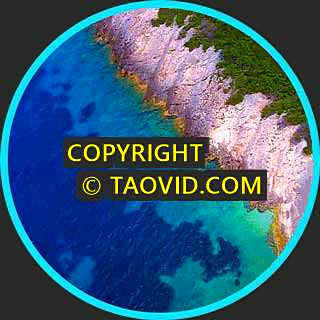Utah Roadtrip – Mossy Cave, Bryce Canyon, Coral Pink Sand Dunes
Mossy Cave is in the northern section of the Bryce Canyon National Park. It is a grotto, created by an underground spring with rock formations, a waterfall and a natural cave.
Bryce Canyon National Park is an American national park located in southwestern Utah.
The major feature of the park is Bryce Canyon, which despite its name, is not a canyon, but a collection of giant natural amphitheaters along the eastern side of the Paunsaugunt Plateau.
Bryce is distinctive due to geological structures called hoodoos, formed by frost weathering and stream erosion of the river and lake bed sedimentary rocks. The red, orange, and white colors of the rocks provide spectacular views for park visitors.
Bryce Canyon National Park is much smaller, and sits at a much higher elevation than nearby Zion National Park. The rim at Bryce varies from 8,000 to 9,000 feet (2,400 to 2,700 m).
The Bryce Canyon area was settled by Mormon pioneers in the 1850s and was named after Ebenezer Bryce, who homesteaded in the area in 1874.
The area around Bryce Canyon was originally designated as a national monument by President Warren G. Harding in 1923 and was redesignated as a national park by Congress in 1928.
The park covers 35,835 acres (55.992 sq mi; 14,502 ha; 145.02 km2).
Coral Pink Sand Dunes State Park is a state park in southwestern Utah, located between Mount Carmel Junction and Kanab, south and west of U.S. Highway 89 in Kane County.
The park features uniquely pink-hued sand dunes located beside red sandstone cliffs.
The dunes are formed from the erosion of pink-colored Navajo Sandstone surrounding the park. High winds passing through the notch between the Moquith and Moccasin Mountains pick up loose sand particles and then drop them onto the dunes as a result of the Venturi effect. The dunes are estimated to be between 10,000 and 15,000 years old.
The park allows camping, hiking, off-road vehicle driving, and photography. There is a conservation area of 265 acres (1.07 km2), and the total grounds include 3,370 acres (13.6 km2). It was established as a Utah state park in 1963.
The Coral Pink Sand Dunes tiger beetle (Cicindela albissima) is endemic to the dunes, being found nowhere else in the world. The park also contains most of the remaining individuals of the rare plant known as Welsh’s milkweed (Asclepias welshii), a federally listed threatened species.
Video Source: Southern Utah Road Trip – Mossy Falls, Bryce Canyon & Coral Pink Sand Dunes from Alejandro’s Adventures on Youtube ⁄ CC BY






